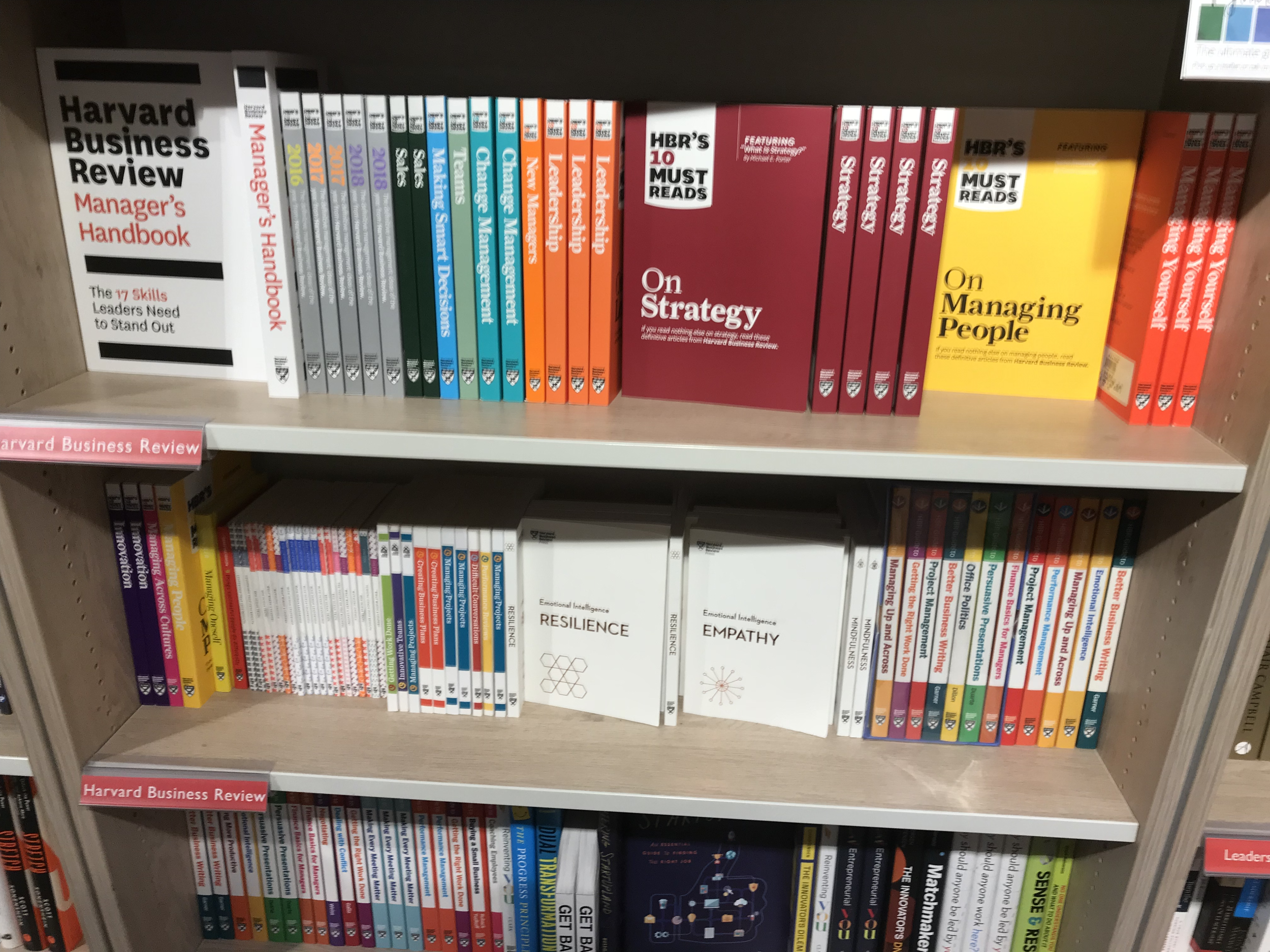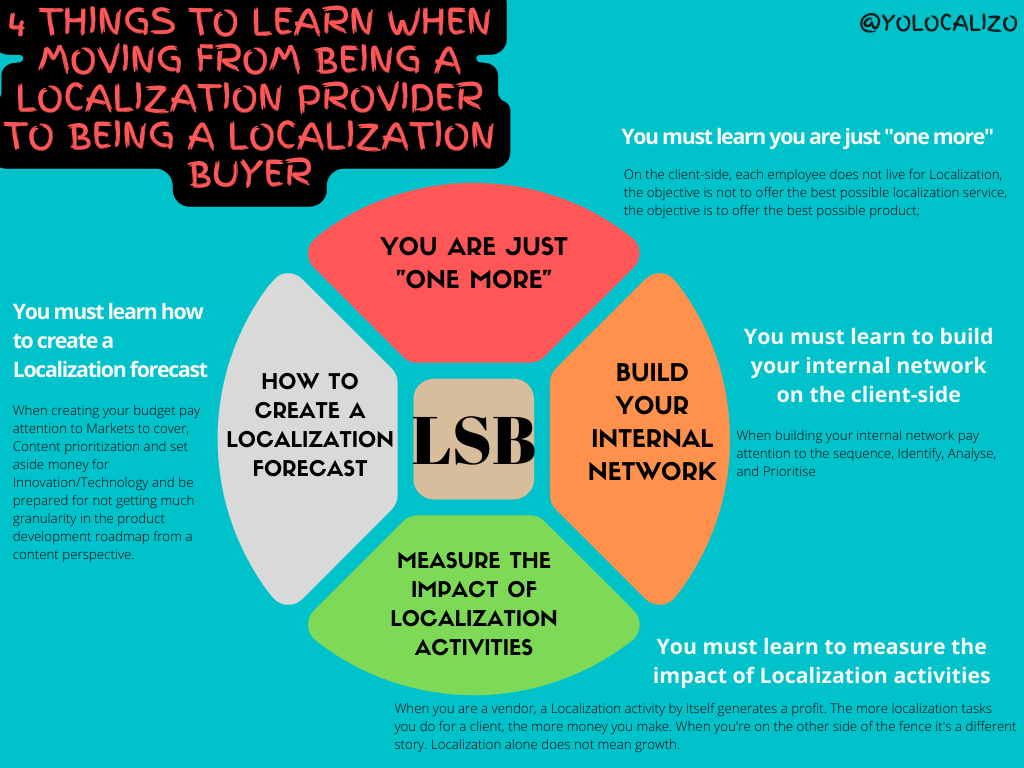4 types of localization decision makers
I will never forget a meeting I had a few years ago in London where I met with my manager's manager as part of defining the roadmap of activities related to customer support and localization.
One of the hot points of that meeting was everything related to the outsourcing vs in-house model.
I remember that meeting in which according to my perspective my arguments were very solid, my logic was unassailable, and my data was bulletproof .... 2 weeks later I found out that my proposal had been ignored.
What did I do wrong? What happened? The truth is that I was quite puzzled.
For many years in my career, I have focused too much on the content of my argument and not enough on how to deliver the message, nor on adapting my message to the style of the decision-maker I was interacting with.
it took longer than I would have liked to understand that I had to change the way I persuade.
So ... I did what I usually do when I find myself at a loss in my job, I went to a bookstore to buy a book that I could explore, and that would help me improve my leadership skills.
In the center of London, there is a spectacular bookstore, I don't remember its name right now, but I remember how big it is, the smell it gives off, it is a very inspiring place. Pure magic for reading enthusiasts!
There in the Business Writing section, I found books from HBR's 10 Must-Read collection, which seen now in perspective, these books have helped me a lot in my career to improve in areas related to intercultural communication and leadership in general. In one of the book articles that I bought, there is an essay that I am very happy to have discovered. It is called Change the way you persuade by Gary A. Williams and Robert Miller.
Gary Williams is the founder and CEO of wRatings Corporation and Robert Miller has more than 40 years of experience in sales, consulting, and executive management (plus he coauthored several business book).
In this essay what the authors argue through research done over several years is that executives have a default style of decision making developed early in their careers. That style is reinforced through repeated successes or changed after several failures. They identified executives can fall into different categories when making decisions. And the key to all of this is that by knowing the preference for hearing or seeing certain types of information at specific stages in their decision-making progress we can substantially improve our ability to tip the outcome in our favor.
Click HERE to download the infographic
It is clear that this model is not a way to put people in boxes, it is clear that we do not always make decisions in the same way, but what this research ensures is that when it comes to making important decisions people tend to do so with what is known as the "default mode of decision making".
In this infographic, I have prepared a summary of 4 decision styles that can help us to influence and get greenlight on topics related to Localization strategy when interacting with our stakeholders.
As a result of this situation I lived in London, I learned the importance of knowing better the decision-making style of the people I interact with, and I also learned different tactics to influence the decision-making process.
I learned from this situation the hard way, but I guess there are times when we have to learn that way. If anything of what I comment in this post helps you and prevents you from making the same mistake I made, I'm glad, mission accomplished!

















Localizability has always been a challenge small issues in source content often lead to big problems later in translation. In this post, I explore how AI is giving localization teams a powerful new way to improve source quality, reduce friction, and create better content for every market right from the start.